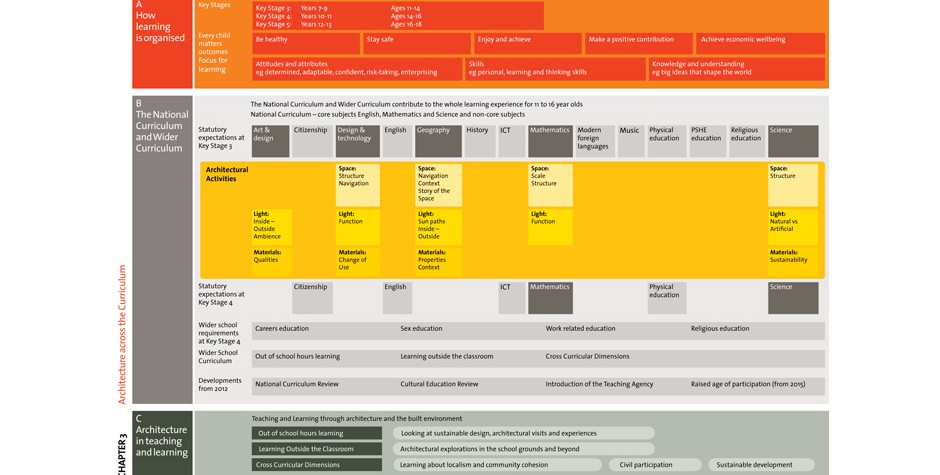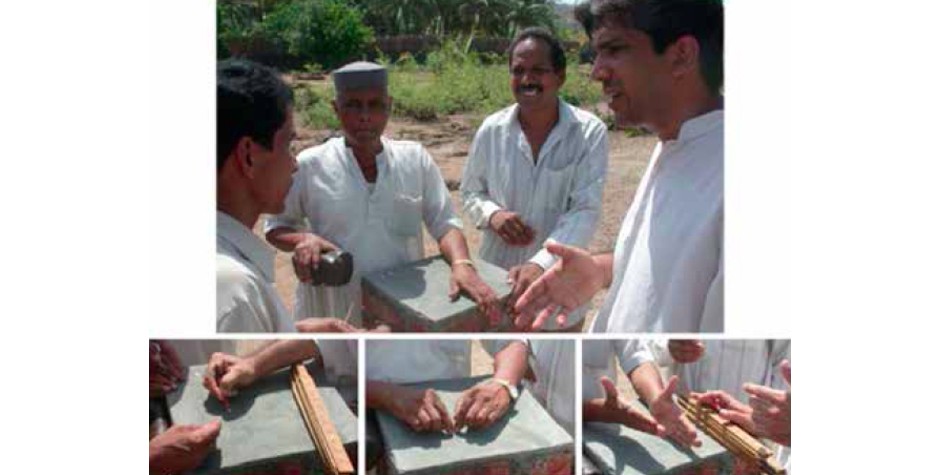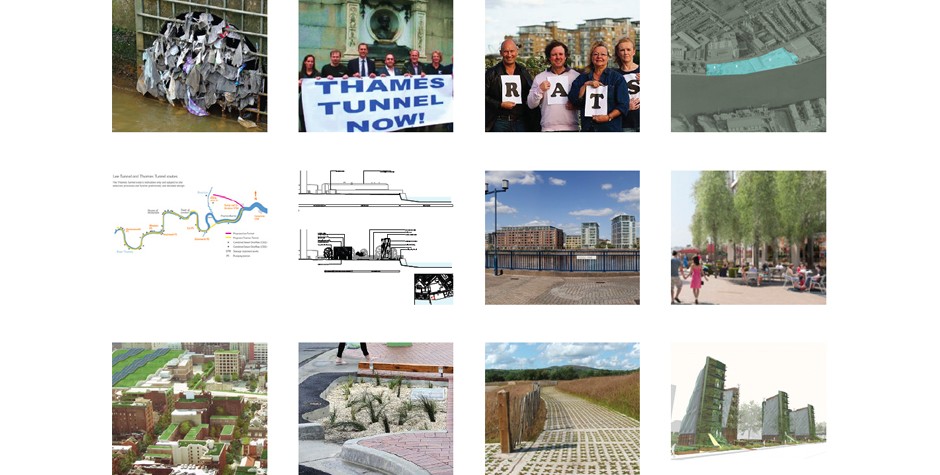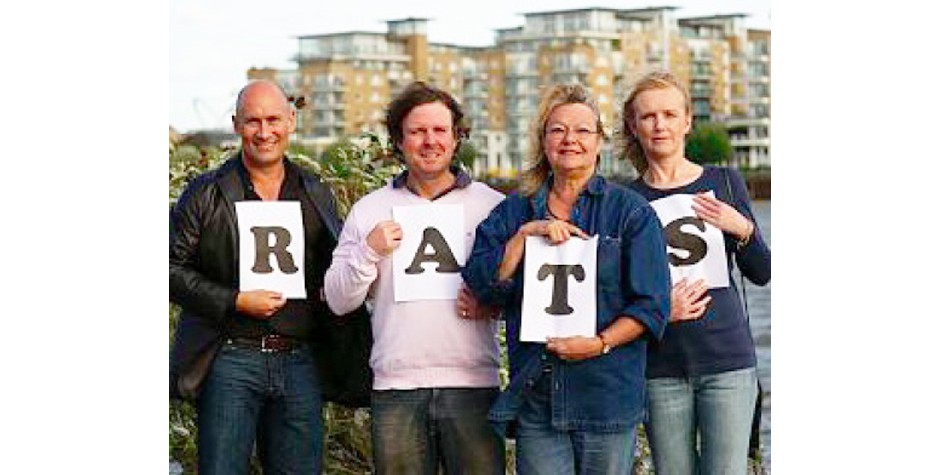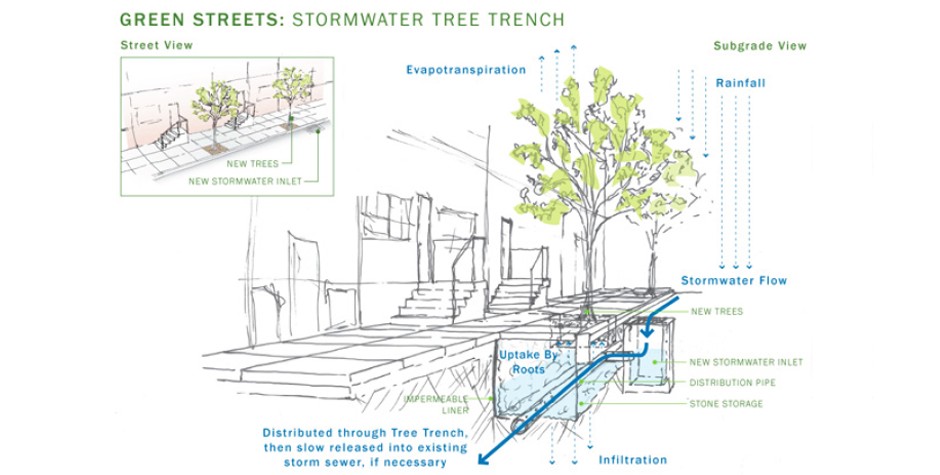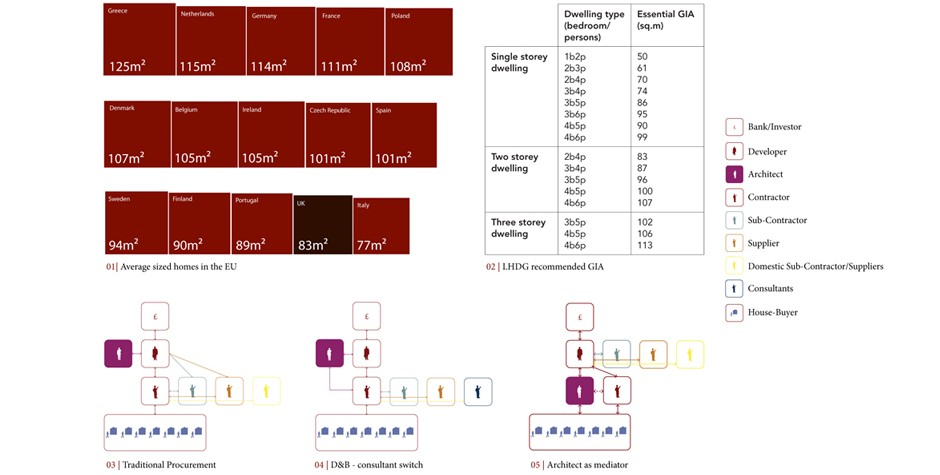ADP023N – Advocacy: Practice Beyond Aesthetics
Supervised by Henrik Rothe the Advocacy is covering revision of RIBA work stages and their interpretation, PEDR, the role of the Professional Studies Advisor, RIBA and ARB codes and what it might mean to be ‘professional’.
The introductory panel presentation by Robert Mull on ‘Duty of Care’ was followed by lectures on planning policy general + Design for London, forms of procurement/building contracts, risk assessment (running a practice/project), ‘Contemporary Debates in Architecture’ by Will Hunter and ‘After the Olympics’ by Graeme Sutherland.
Students were asked to write a 3,000-word essay about their understanding of ‘Duty of Care’ and the role of the architect in the design process.
Fiona McDonald took on architecture and the built environment as something that has an impact on all our daily lives but it is the one thing we generally don’t learn about. Working directly with built environment professionals is an enlightening way to engage and inspire young people to learn more about the world around them. There is no substitute for direct experience of good design and learning THROUGH and ABOUT exemplary architectural design.
William Le Gresley critically reflected upon the architect’s duty of care to the craftsman/builder. At its core it focuses on quality in built construction and highlights the responsibility of both the architect and craftsman/ builder in achieving this. Reference was made to Piers Taylor of Invisible Studio and Jeremy Estop of MJP Architects. Both were interviewed for this paper and provided valuable insight into current legislation and practice. The paper seeks to endorse modes of practice that value and give credence to craft in architecture.
Megan McKeever wrote on the role of the architect to be redefined as changing requirements in society force the profession to rethink its value and what type of architecture is produced as the architect changes for whom they are designing for?
James Pang looked into London housing, a developer’s city – and the architect’s role in private development housing
Eleanor Lygo speculated on Pro bono architecture and its less exotic counterpart Architecture for free are two acts which seemingly co-inside yet translate to two different meanings. In its most idealistic sense the first is geared towards the construction of the public good, architects donating their skills and services for free to those who are unable to afford it.
Karl Lenton formulated his own vision of about HOW TO BE A HAPPY ARCHITECT.
Inspiring conversation arose form all those topics speculating on the student’s first professional engagements after successfully completing the Architecture course at London Metropolitan University, Cass Faculty of Art, Architecture and Design.

